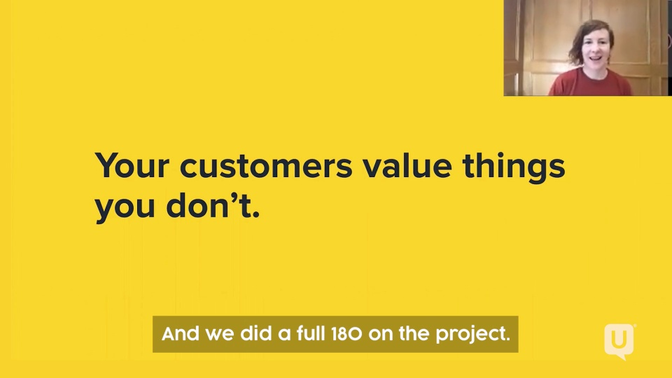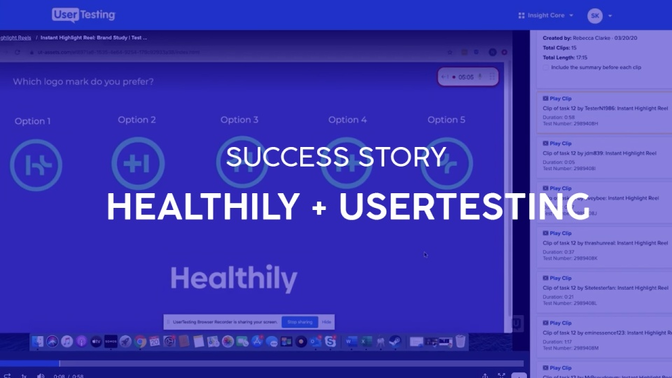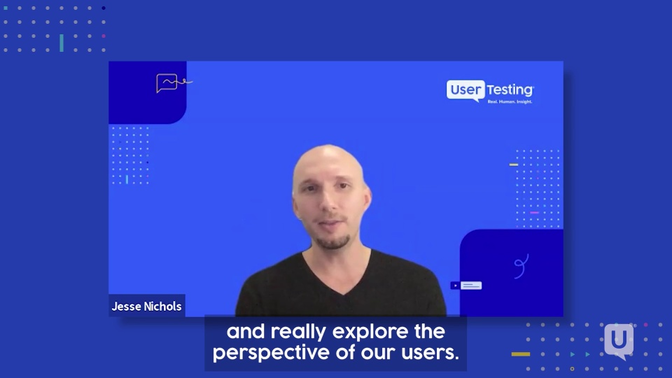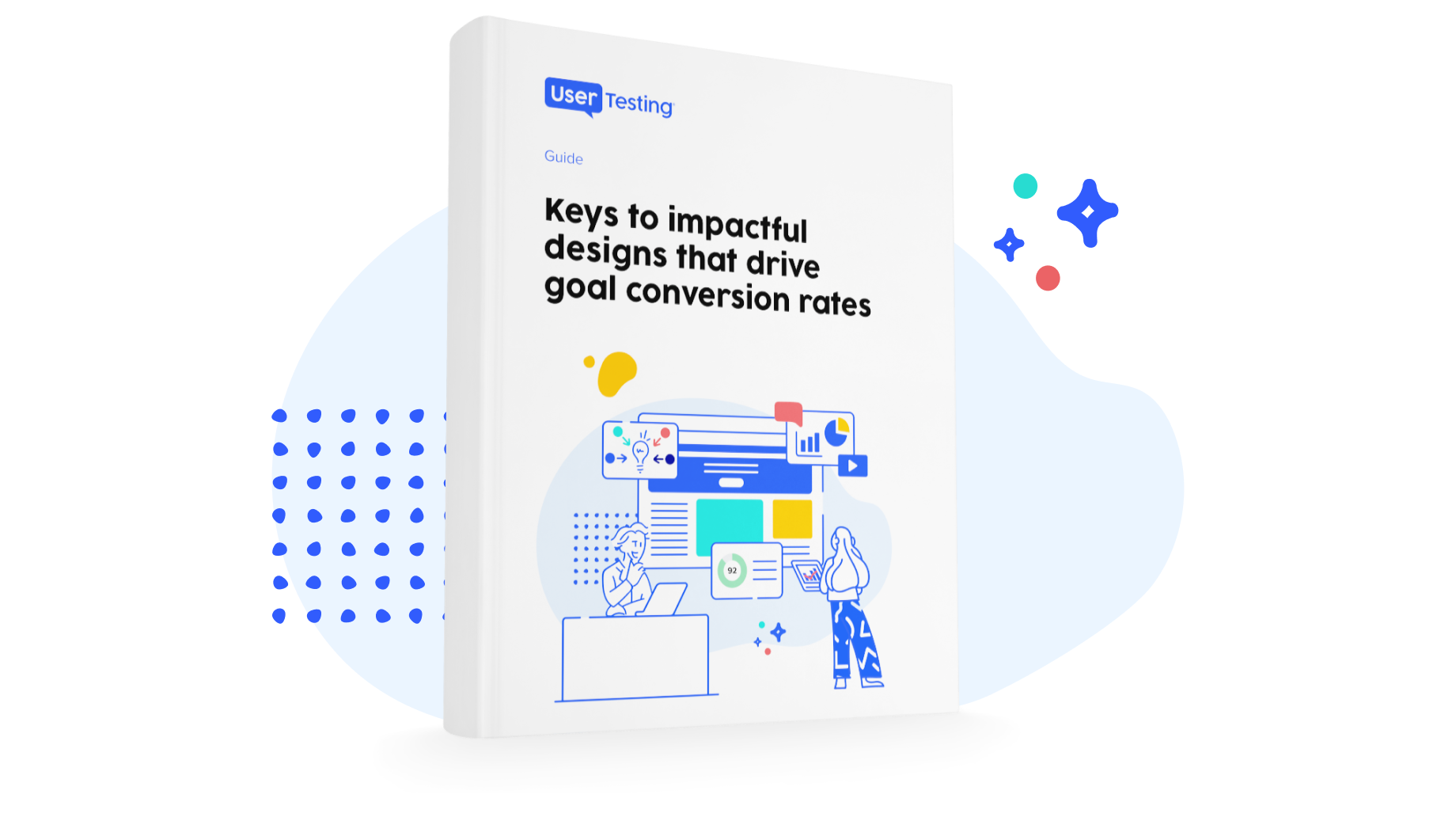
Know your audience for a better ROI

Know your audience. If it sounds deceptively simple, that’s because it is. In grade school, everyone (hopefully?) learned the importance of considering the audience when writing a persuasive paper. Doubtfully, none of us guessed how foundational the skill would become to business in the digital world.
When we say “know your audience,” we’re talking about more than identifying your target market or ideal customer (although you’ll need to do that, too). Knowing your audience is an action. It’s something that you do relentlessly. It’s your culture. Think of it as customer-centricity on steroids. Your audience should be the sun that you, your entire business, and all its processes revolve around.
And knowing your audience involves more than simply identifying them; according to David E. Gray in his book, Doing Research in the Real World:
“Knowing your audience means understanding what they want to know, what they are interested in, whether they agree with or oppose your central arguments, and whether they are likely to find your subject matter useful. You also need to keep in mind the diversity of the audience—some of them might want knowledge while others want to be entertained.”
Regardless of your role or industry, better understanding your audience will take you further. After all, your audience could be anyone from prospects and customers to your employees. This is particularly true for those in research, design, product management, marketing, or HR roles.
This article is for professionals interested in learning how to identify and connect to your audience. We’ll go over best practices for getting to know them and a real-life example of when doing so saved a team from a massive future headache.
Why is it important to know your audience?
From the most general demographic to a niche no one has ever heard of, we compete for our audience’s attention and loyalty. However, when you invest the time to connect with the people you do business with, you’ll be sure to reap the rewards.
The benefits of knowing your audience
More and more consumers crave experiences that are tailored to their unique set of interests.A deep understanding of who you’re talking to will help you address their needs and maximize the ROI of your work. Here’s how:
1. They will feel respected
Knowing your audience means that whatever you’re working on will resonate better. This is how you start fostering a relationship, building brand loyalty, and gaining die-hard fans. Getting to know your audience shows that you respect them, their time, their needs, and their challenges. Interestingly, Dean Brenner at The Latimer Group says that he receives the most pushback from companies when it comes to researching and customizing to their audience because they feel like they don’t have enough time:
“I hear it all the time. And I get it. We are all pulled in a dozen directions every day. But here’s the thing: you are going to spend that time one way or another. Think about it. If you don’t spend that time thinking about your audience and gathering some intelligence about their needs and challenges, you are less likely to get the outcome you want.”
While making an emotional connection with your audience may seem amorphous and unmeasurable, there’s the real science behind it. According to Deloitte, fostering deeper emotional connections across key moments with customers can increase their lifetime value while also decreasing their likelihood of switching brands.
Plus, Harvard Business School Professor Gerald Zaltman says that 95% of purchase decision-making occurs in the unconscious mind.
2. You’ll offer a better experience
Companies no longer compete to win deals, they compete to offer the best experience possible (this includes you too, B2Bs). We’re talking about a seamless experience, across every touchpoint. This means delivering on the promises and expectations that you’ve set up in a way that’s useable, useful, and enjoyable.
3. You’ll solve their real problem
Cultivating a deep and ongoing relationship with your audience means that you can tap into what their biggest problems are today and design a solution.
Check out the clip below where a team leader shares a time when her team received some surprising feedback from their audience that led to a full 180 turn on a project.

Maura Hoven, Director of Product Design at UserTesting. Access the full webinar.
The risks of not knowing your audience
Missing the mark
How many times has your excitement for a new app or product been extinguished when you realized it didn’t do what you expected it to?
According to Systems Sciences Institute at IBM, the cost to fix an error found after product release is four to five times as much as one uncovered during design and up to 100 times more than one identified in the maintenance phase.
Without a deep understanding of your audience, you run the risk of turning them off or losing them completely. Whether it’s a new feature that doesn’t work as it should or a marketing message that fails to resonate, most companies can’t afford to miss the mark with their audience.
Related reading: How to achieve product-market fit before you design anything
How to develop your audience
Depending on your role, developing your audience is sometimes known as customer or user persona modeling or customer journey mapping. Most projects have a defined audience already. If not, here’s where to start.
1. Use existing data to define your audience
What audience do you sell to the best? Who is the most satisfied with your product or service? Is there a new market you want to break into? Before looking for information outside your organization, look at the data you already have access to. Start by interviewing your current customer base to figure out what’s working and what’s not. What are their current challenges? What problems are they facing today? Get as many perspectives as possible. Try interviewing your die-hard fans, new customers, and, if possible, even customers you recently lost.
2. Look at what your competitors are doing
When pinpointing your audience, looking around and seeing what your competitors are doing is a good idea. Evaluate their brand, voice, and products, and get a feel for their strategy. Who’s their target audience, and why?
Use this information to figure out what’s working for them and what’s not. See if there’s a way to differentiate yourself from your competitors to get a bigger market share or tap into a different market altogether. By understanding what your audience may like or dislike about your competitor’s product or service, you’ll be better able to implement the good and avoid the bad.
Best practices for getting to know your audience
Once you’ve identified who’s in your audience, it’s time to get to know them better.
1. Create personas
When you’re getting to know your audience better, it can help to break them up into personas. This will help you keep up with your audience's general demographics, personalities, locations, and motivations. Most importantly, personas help create empathy for your audience. Keep it simple and develop only a few of these.
However, establishing a persona is not even close to fully knowing your audience. While it can help you stay organized, more research is always needed to get a complete picture of your audience in the context of the project you’re working on.
Related reading: How to create a customer persona
2. Identify their biggest problems
Before jumping straight into asking your audience to list their biggest problems, it helps to ease into the conversation. Capturing audience feedback can be overwhelming and there’s always the chance that observations could slip past you.
When interviewing your audience, always come prepared. We suggest using the empathy mapping framework. While this might sound complex, it’s just a simple diagram to help you map your conversation with your audience and organize their feedback.
3. Continuously validate your work
Now that you’ve identified your audience’s biggest problems and prioritized them accordingly, it’s time to develop solutions and campaigns, right? Not so fast.
It’s important to check in with your audience throughout the life of your project to make sure you develop something that your audience will relate to and find useful. Once we’ve done a little research, it’s easy to make assumptions about our audience that aren’t true.
Check out the clip below from Justin Berkovi, Chief Product Officer at Your.MD where he shares a story about what it takes to get the project right.

Validate, rinse, and repeat
By now, you’ve probably picked up on knowing your audience is never done. After all, times change, and people change. That’s why the best way forward is to make connecting with your audience a consistent part of your process across your organization. It’s the first step toward becoming truly audience-centric.
Know your audience for UX researchers
As UX leaders, you already get the value of getting to know your audience better. Your challenges might include running on a lean team with few resources while trying to prove the ROI of UX research to the rest of your organization.
Check out this clip where UX leaders at TaxSlayer.com discuss their approach to working in a lean UX team that can maximize their output and set expectations internally.

Greg Thomas, Director of User Experience Design, and Jesse Nichols, Senior UX Designer. Access the full webinar.
Know your audience for designers
For designers, understanding who you’re designing for is paramount. Not only will you want to absorb as much as possible before jumping into designing a solution, but you should get in the habit of testing every stage of the design process. Doing so will allow you to create products and experiences that get real results, efficiently.
Know your audience for product management teams
Product management teams juggle multiple priorities. Not only do they want to meet the needs of their customers, but they have to work within the overall business goals and technology constraints. Working effectively and efficiently is the name of the game and it involves building customer-centric products with fast feedback loops.
Know your audience for marketers
Rarely do marketers get as much access to their audience as they need. More often than not, they’re finding out what prospects or customers think about their campaigns after they’ve spent the time and budget investing in them. This is why it’s so important for marketers to stop guessing and start understanding the needs of their audience.
Know your audience for HR and people teams
More and more companies are seeing the value in improving their employee experience. Studies show that effective onboarding programs result in a 70% higher employee productivity rate and an 82% improvement in retention. By getting to know your employees better, HR teams improve the employee experience and engagement.

Create designs that drive goal conversions
Learn how to strategically optimize goal conversion rates by predicting the impact of design choices—before development begins.





